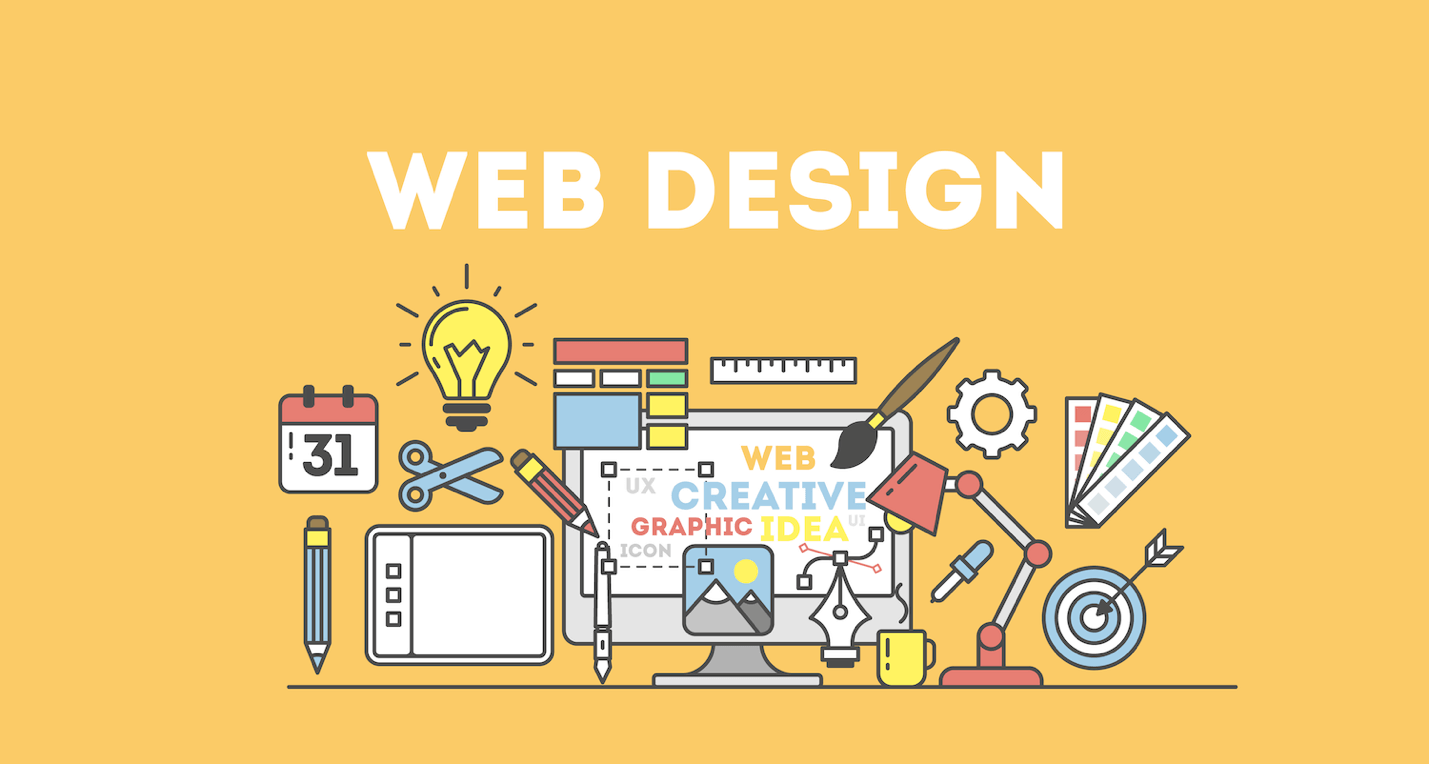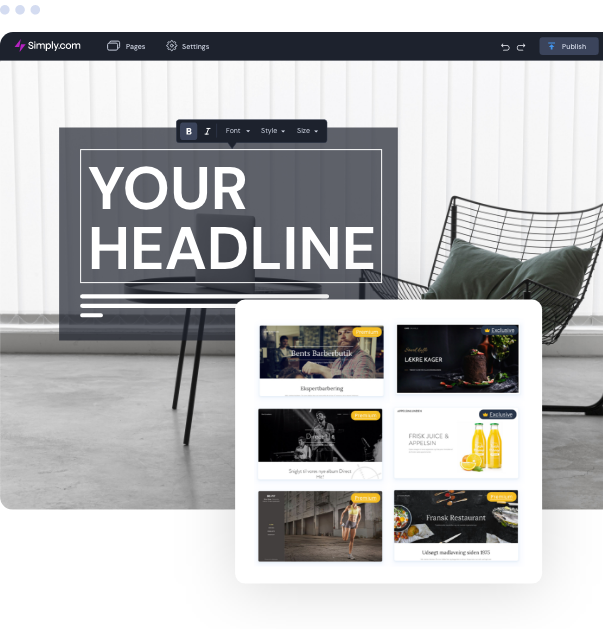Top Web Design Singapore Solutions for a Powerful Online Presence
Top Web Design Singapore Solutions for a Powerful Online Presence
Blog Article
Top Trends in Site Design: What You Required to Know
Minimalism, dark mode, and mobile-first approaches are among the vital motifs shaping modern-day design, each offering one-of-a-kind benefits in customer engagement and performance. In addition, the focus on access and inclusivity underscores the significance of producing digital environments that provide to all individuals.
Minimalist Design Aesthetic Appeals
Over the last few years, minimalist design aesthetics have emerged as a dominant trend in website layout, stressing simpleness and capability. This method prioritizes crucial material and eliminates unnecessary elements, thereby enhancing customer experience. By concentrating on tidy lines, sufficient white room, and a restricted color combination, minimal designs promote simpler navigation and quicker lots times, which are critical in keeping customers' interest.
The efficiency of minimalist design depends on its ability to communicate messages clearly and straight. This clearness fosters an user-friendly user interface, allowing customers to attain their objectives with marginal interruption. Typography plays a considerable function in minimal style, as the option of font style can stimulate details feelings and lead the individual's trip with the material. Furthermore, the calculated use of visuals, such as top notch photos or refined computer animations, can enhance individual engagement without frustrating the total aesthetic.
As electronic areas remain to evolve, the minimal design principle continues to be relevant, accommodating a varied audience. Organizations adopting this trend are usually regarded as modern and user-centric, which can considerably affect brand assumption in an increasingly open market. Ultimately, minimalist layout aesthetic appeals supply an effective solution for reliable and appealing website experiences.
Dark Setting Popularity
Embracing a growing trend amongst customers, dark setting has actually acquired significant appeal in website layout and application user interfaces. This design technique includes a primarily dark color palette, which not just boosts aesthetic charm but likewise lowers eye strain, especially in low-light atmospheres. Customers increasingly appreciate the comfort that dark mode offers, causing much longer engagement times and an even more enjoyable browsing experience.
The fostering of dark mode is also driven by its viewed benefits for battery life on OLED displays, where dark pixels consume less power. This functional benefit, incorporated with the stylish, modern appearance that dark motifs give, has actually led many designers to integrate dark mode alternatives right into their jobs.
Additionally, dark setting can create a sense of depth and focus, drawing interest to crucial elements of an internet site or application. web design company singapore. As a result, brands leveraging dark mode can enhance user interaction and create a distinct identity in a crowded marketplace. With the trend continuing to rise, integrating dark setting into website design is ending up being not just a preference but a typical assumption amongst customers, making it essential for designers and designers alike to consider this facet in their tasks
Interactive and Immersive Components
Often, designers are integrating interactive and immersive components right into web sites to enhance user involvement and develop unforgettable experiences. This trend responds to the increasing assumption from individuals for more vibrant and individualized interactions. By leveraging features such as animations, video clips, and 3D More hints graphics, web sites can draw individuals in, fostering a much deeper link with the content.
Interactive components, such as tests, surveys, and gamified experiences, motivate visitors to proactively participate instead of passively take in information. This engagement not just keeps customers on the site longer however additionally increases the probability of conversions. Furthermore, immersive modern technologies like digital fact (VIRTUAL REALITY) and augmented truth (AR) offer one-of-a-kind opportunities for companies to showcase product or services in an extra engaging fashion.
The consolidation of micro-interactions-- tiny, subtle computer animations that respond to customer actions-- also plays a critical role in enhancing use. These interactions supply responses, enhance navigation, and produce a sense of contentment upon conclusion of jobs. As the electronic landscape remains to advance, the use of interactive and immersive elements will stay a considerable emphasis for developers aiming to create engaging and effective online experiences.
Mobile-First Approach
As the occurrence of mobile phones remains to surge, embracing a mobile-first technique has actually come to be necessary for internet developers intending to enhance individual experience. This technique stresses designing for smart phones before scaling up to bigger displays, guaranteeing that the core performance and material come on the most frequently utilized platform.
One of the primary benefits of a mobile-first technique is enhanced performance. By focusing on mobile layout, web sites are structured, minimizing load times and why not check here enhancing navigating. This is especially important as individuals anticipate rapid and receptive experiences on their mobile phones and tablets.

Accessibility and Inclusivity
In today's electronic landscape, making sure that sites are available and inclusive is not just an ideal method but a fundamental need for reaching a varied audience. As the internet continues to function as a main means of communication and commerce, it is important to recognize the varied demands of customers, consisting of those with specials needs.
To attain real access, internet developers must comply with established guidelines, such as the Web Content Ease Of Access Guidelines (WCAG) These guidelines highlight the relevance of offering text options for non-text content, making sure key-board navigability, and keeping a sensible content framework. In addition, inclusive layout techniques expand beyond conformity; they involve developing a customer experience that accommodates numerous abilities and choices.
Including attributes such as adjustable message dimensions, color contrast choices, and display reader compatibility not only improves use for individuals with specials needs however likewise enhances the experience for all users. Inevitably, focusing on ease of access and inclusivity fosters a much more fair electronic setting, encouraging wider involvement and interaction. As companies increasingly identify the ethical and economic imperatives of inclusivity, integrating these principles right into website design will come to be an essential element of effective online techniques.
Conclusion

Report this page